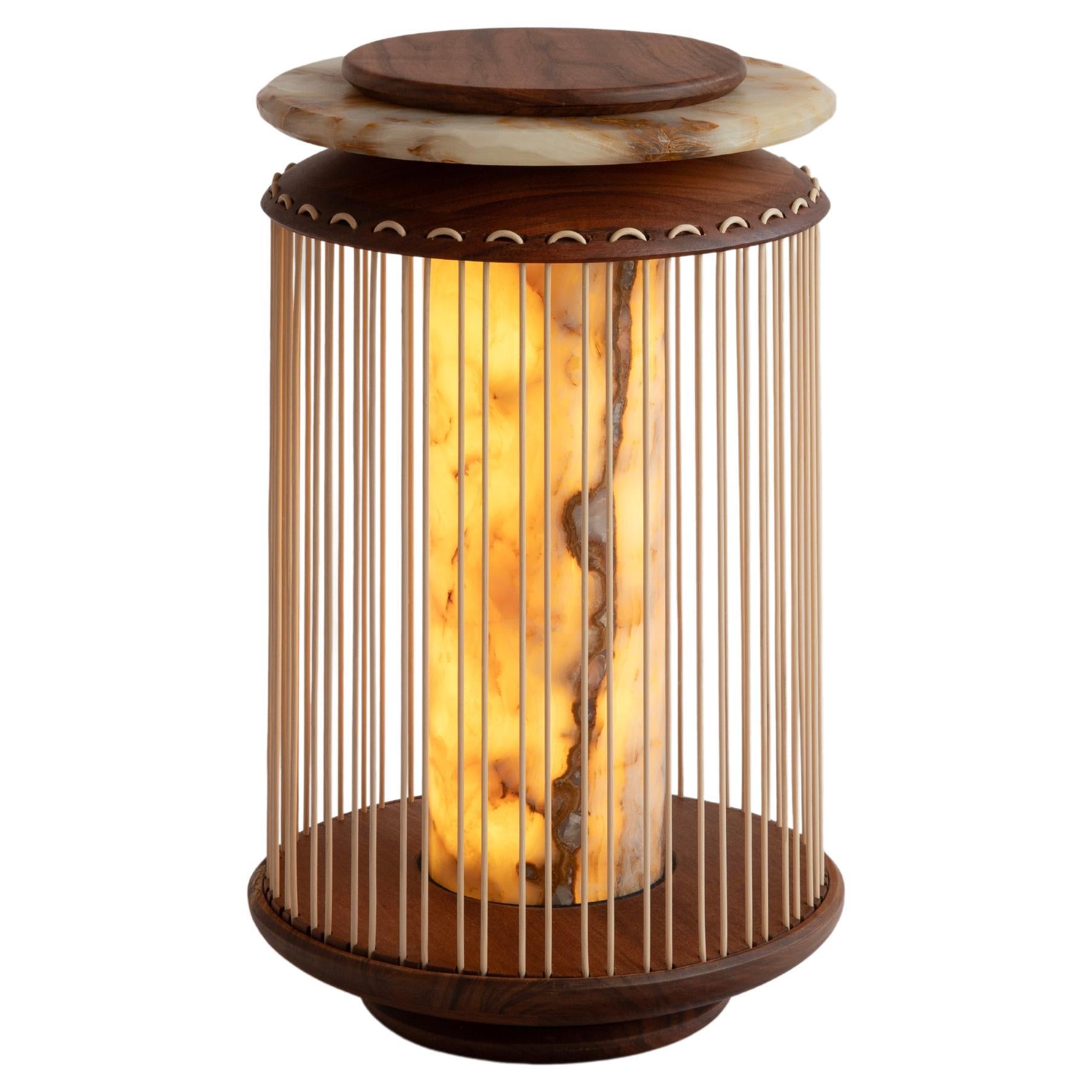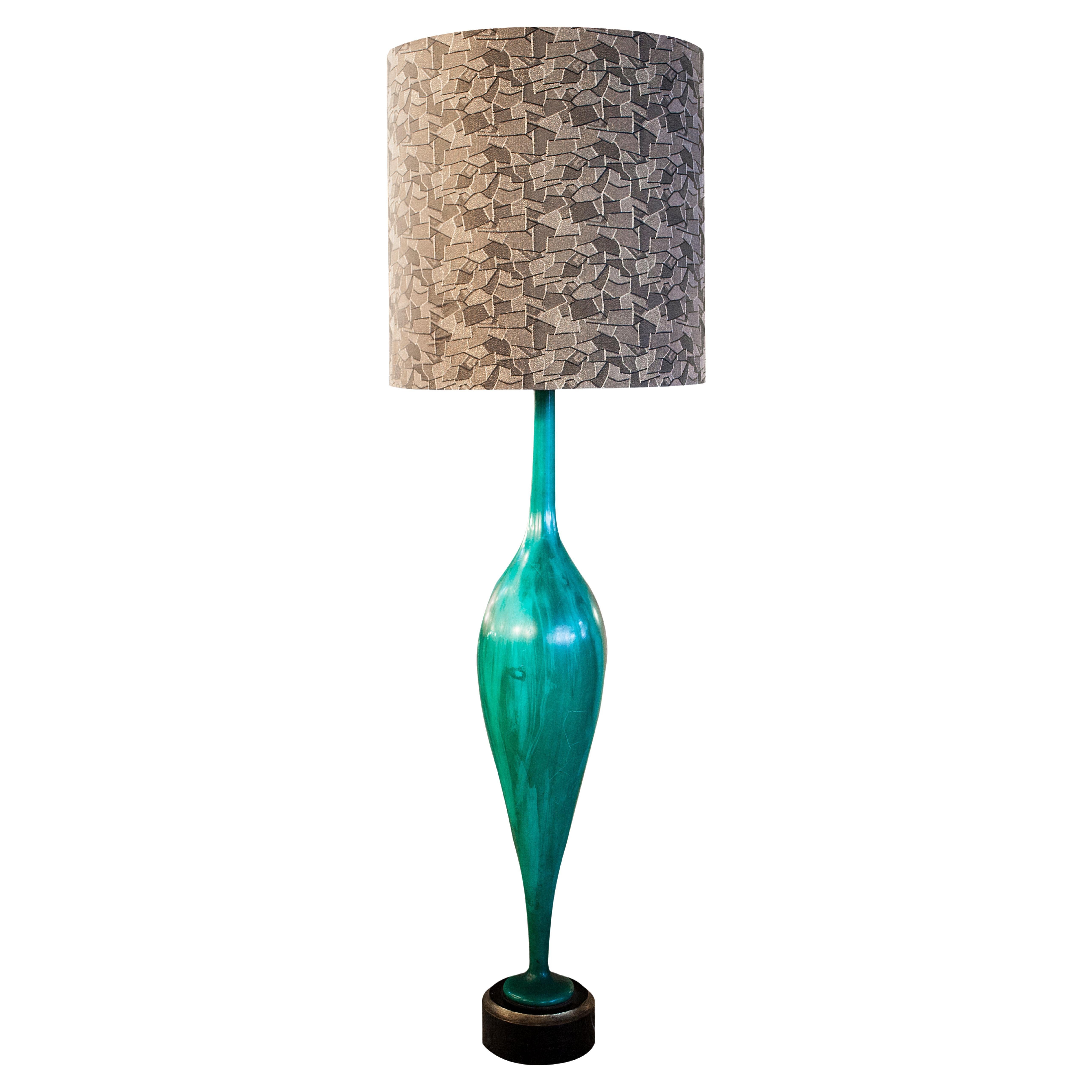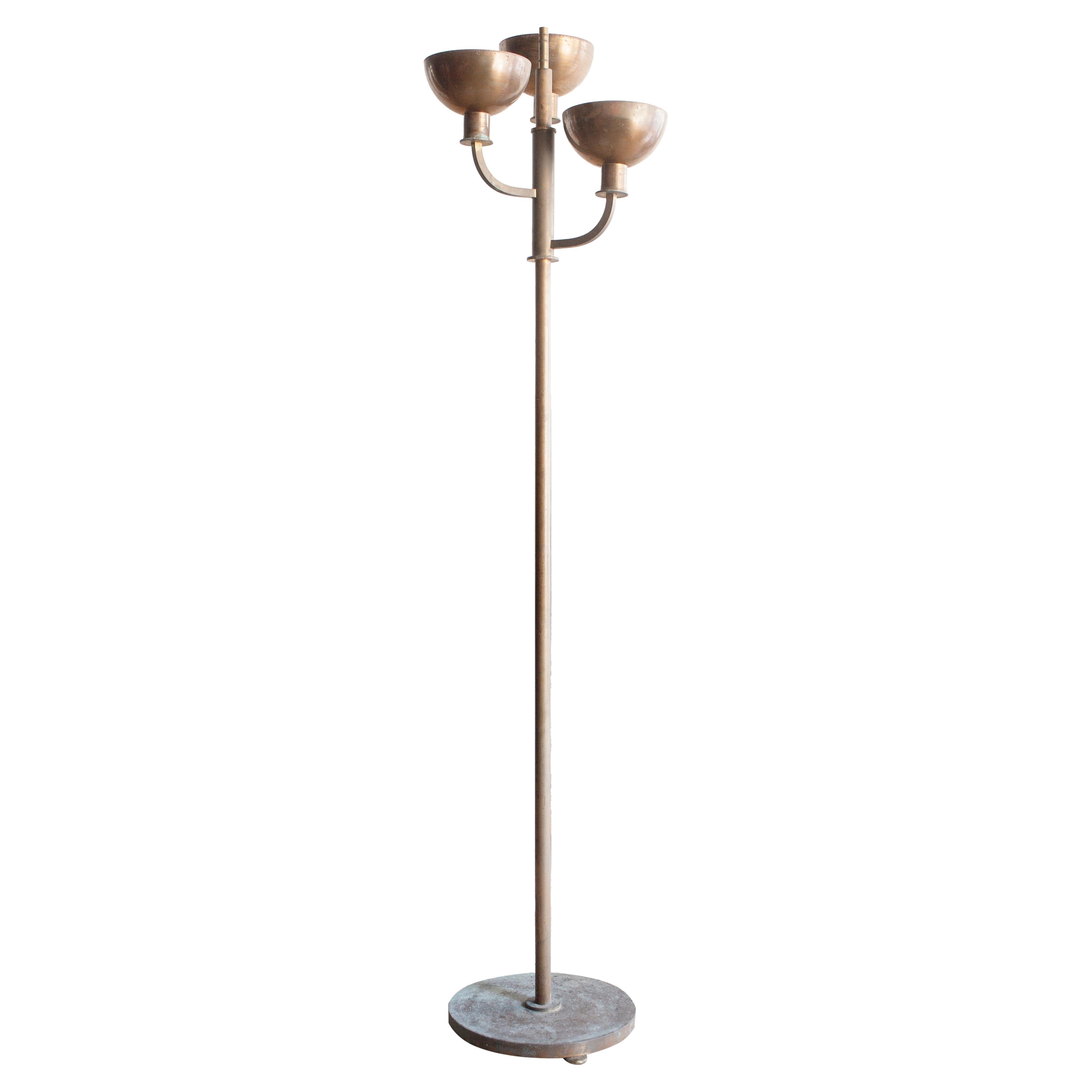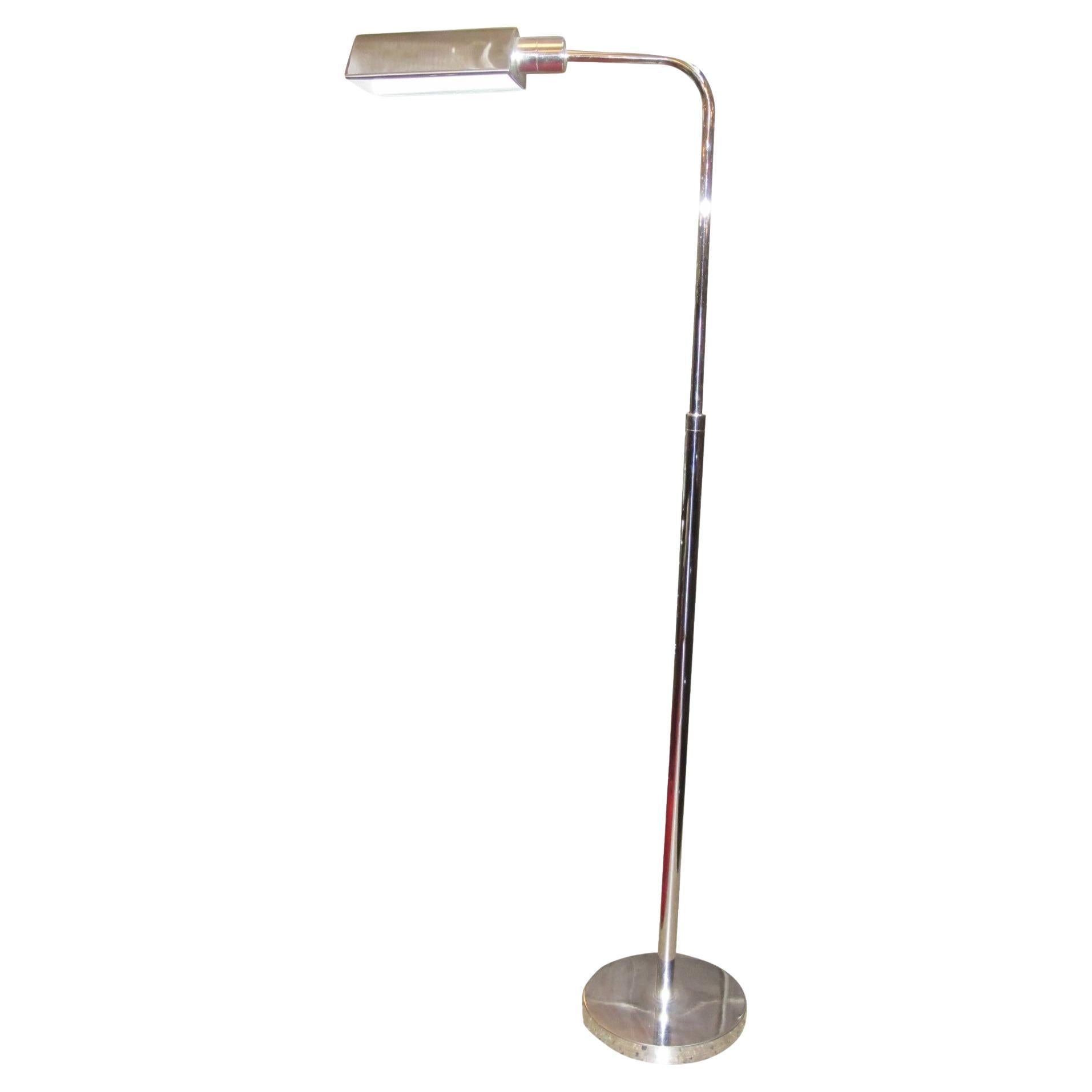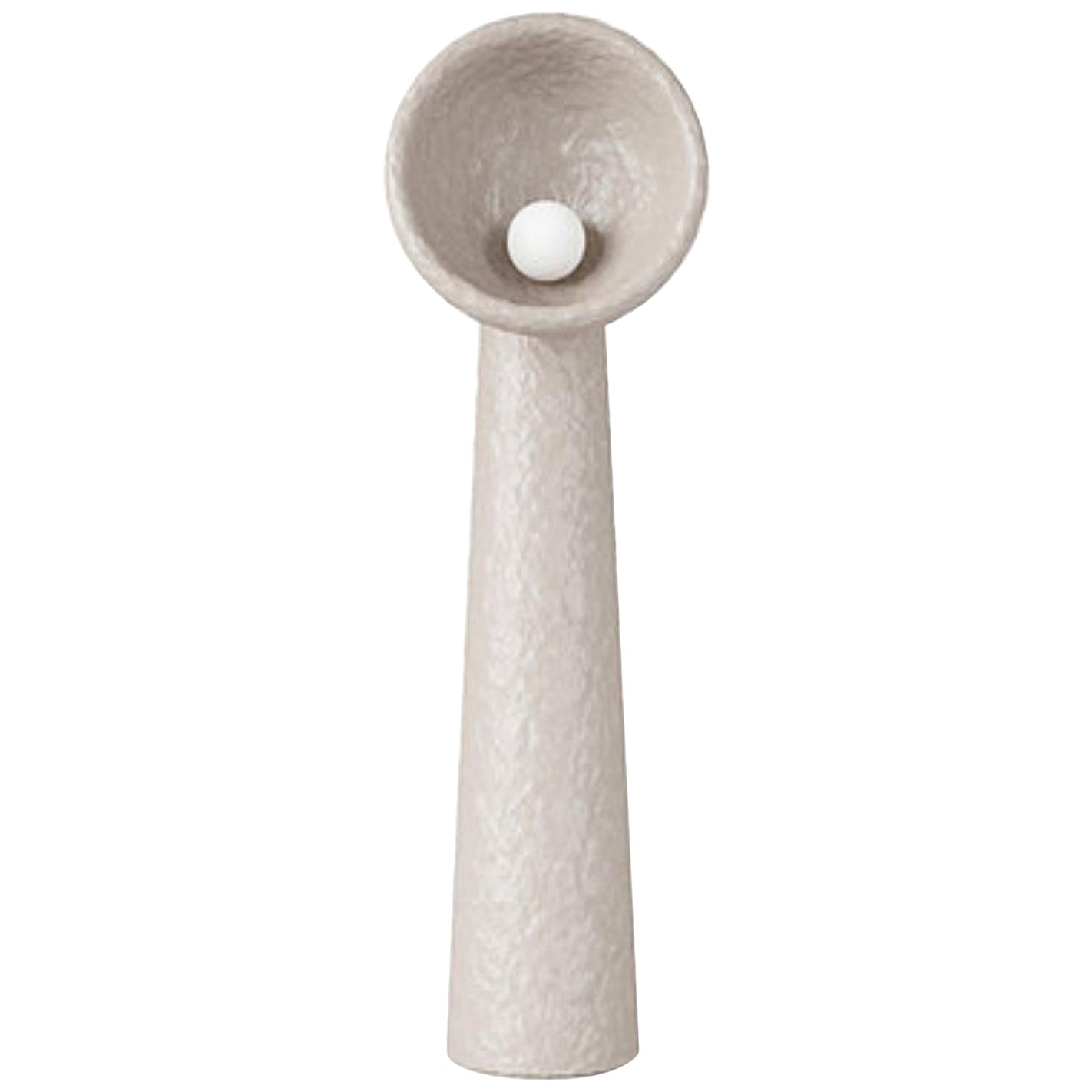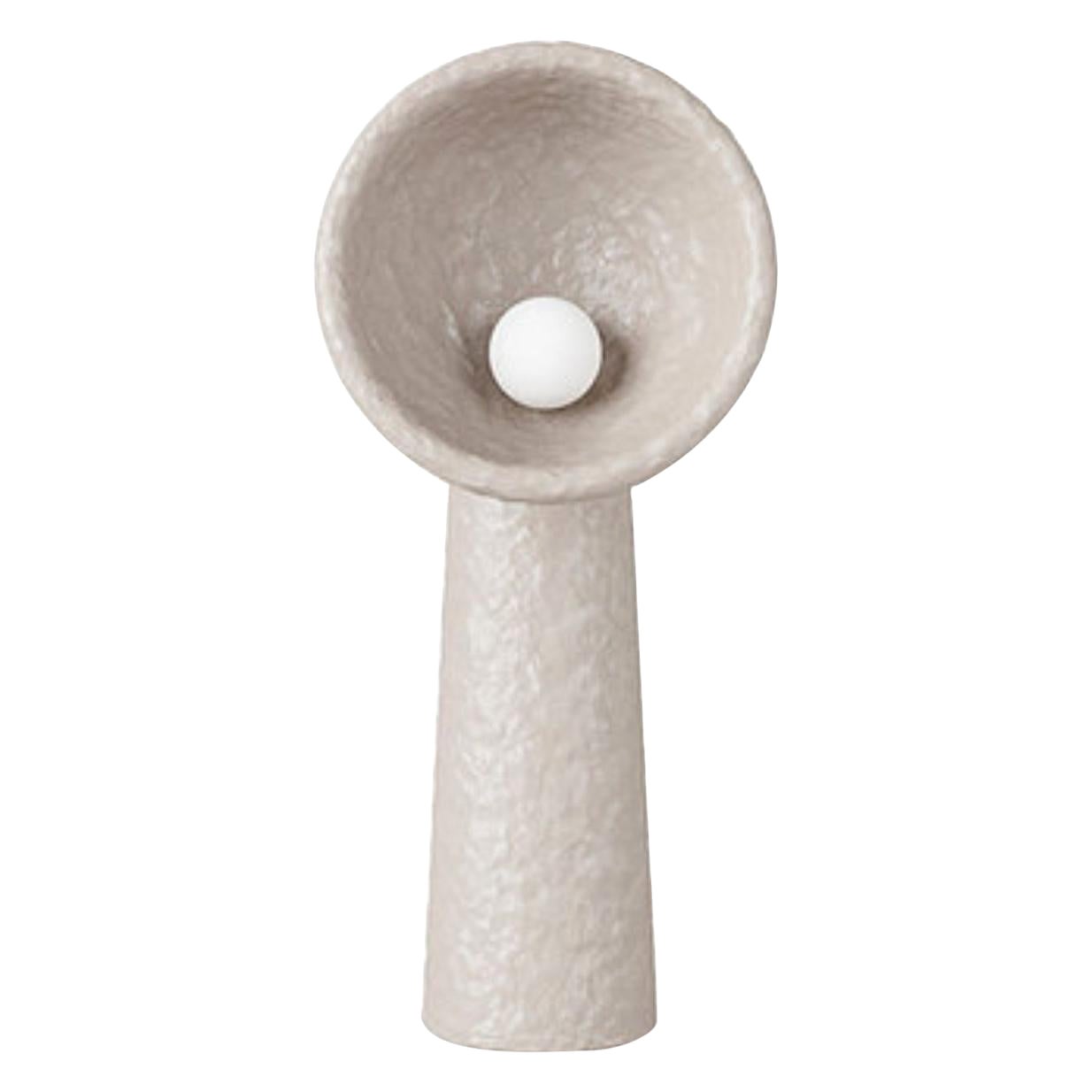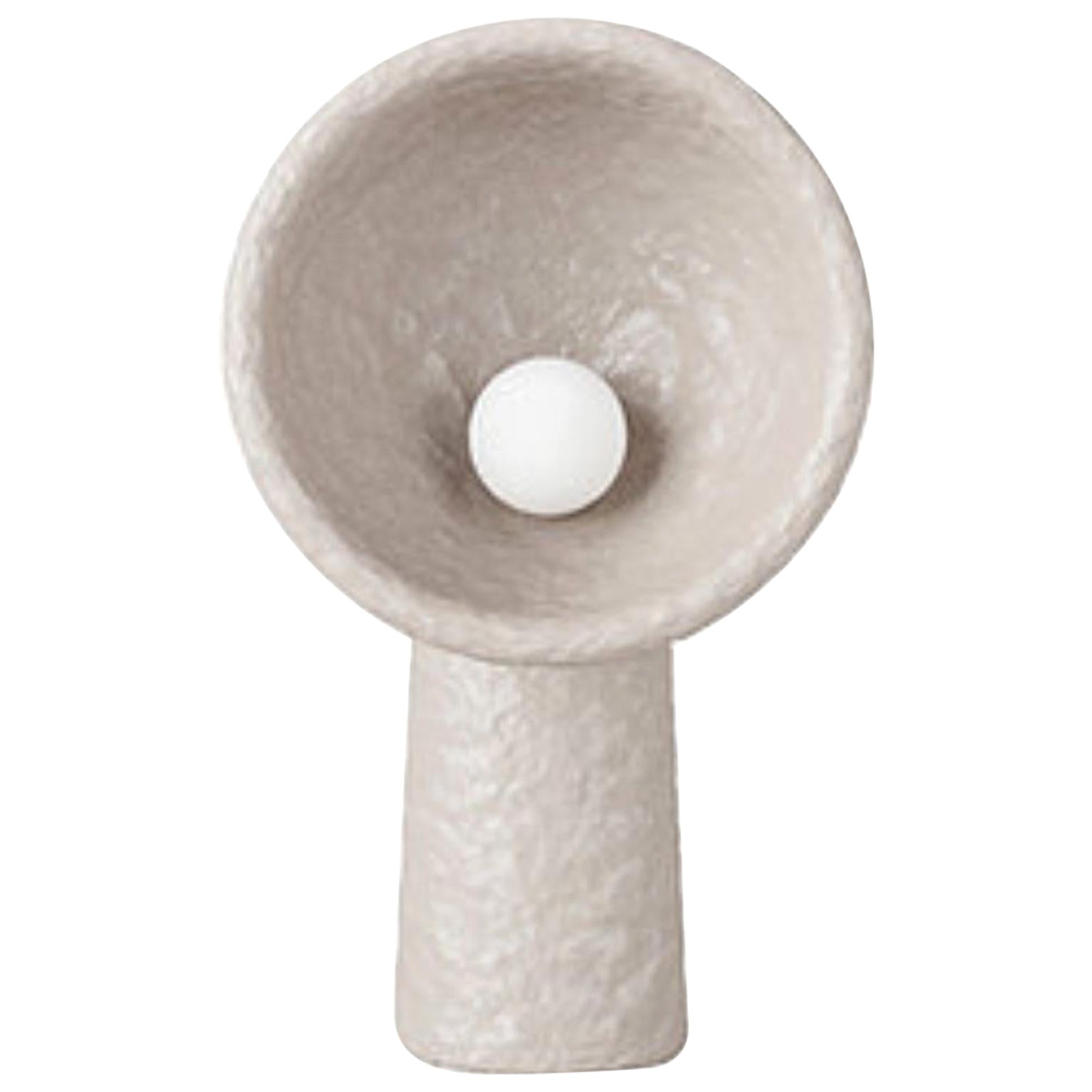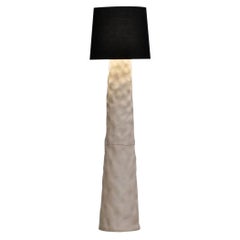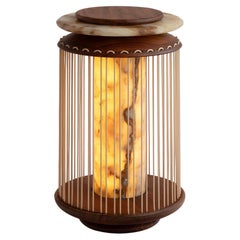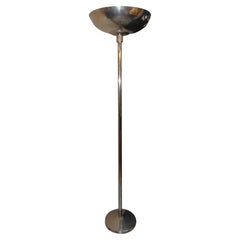
Contemporary 'Crepuscule' Floor Lamp by Material Lust, 2014
View Similar Items
1 of 8
Contemporary 'Crepuscule' Floor Lamp by Material Lust, 2014
About the Item
- Creator:Material Lust (Artist)
- Dimensions:Height: 58 in (147.32 cm)Width: 15 in (38.1 cm)Depth: 13 in (33.02 cm)
- Style:Post-Modern (In the Style Of)
- Materials and Techniques:
- Place of Origin:
- Period:
- Date of Manufacture:2016
- Production Type:New & Custom(Current Production)
- Estimated Production Time:Available Now
- Condition:This product is meticulously handmade by artisans one piece at a time. It is therefore quite difficult, if not impossible to make identical items. Any natural blemishes or irregularities should not be misconstrued as flaws.
- Seller Location:Los Angeles, CA
- Reference Number:1stDibs: LU131822244492
You May Also Like
- Contemporary Floor Lamp by FainaBy Victoria YakushaLocated in Geneve, CHContemporary floor lamp by Faina Design: Victoriya Yakusha Material: Cotton, ceramics Dimensions: 50 x 170 cm Weight: 50 kg *All our lamps can be...Category
2010s Ukrainian Post-Modern Floor Lamps
MaterialsCeramic, Plastic
- Floor lamps, Mexican design, contemporary floor lamps, "Ebtún" (tall) by TUZKANILocated in Ciudad de México, CDMXJuskani Alonso studied at the Industrial Design Research Center of the National Autonomous University of Mexico [CIDI-UNAM] and at the Polytechnic of Torino, Italy. As an industrial...Category
2010s Mexican Post-Modern Floor Lamps
MaterialsOnyx
- Floor Lamp Art Deco 1920, German, Material, ChromeLocated in Ciudad Autónoma Buenos Aires, CFloor lamp Art Deco Material: chrome German 1920 You want to live in the golden years, those are the floor lamps that your project needs. We have specialized in the sale of Art Dec...Category
Vintage 1920s German Art Deco Floor Lamps
MaterialsChrome
- Floor Lamp Art Deco 1930, France, Materials: ChromeLocated in Ciudad Autónoma Buenos Aires, CFloor lamp Art Deco Materials: chrome France 1930 You want to live in the golden years, those are the floor lamps that your project needs. We have specialized in the sale of Art Dec...Category
Vintage 1930s French Art Deco Floor Lamps
MaterialsChrome
- Floor Lamp Art Deco 1950, France, Material, WoodLocated in Ciudad Autónoma Buenos Aires, CFloor lamp Material: wood France 1930 You want to live in the golden years, those are the floor lamps that your project needs. We have specialized in the sale of Art Deco and Art Nouveau and Vintage styles since 1982. If you have any questions we are at your disposal. Pushing the button that reads 'View All From Seller'. And you can see more objects to the style for sale. Why are there so many antiques in Argentina. In the 1880 – 1940 there was a grate wave of immigration encouraged by the periods of war that were taking place. 1st World War took place between 1914 and 1918 2nd World War took place between 1939 and 1945 The immigrants options were New York or Buenos Aires. Tickets were cheap and in Buenos Aires they were welcomed with open arms, as it was a country where everything was still to be done. Argentina was the country of new opportunities, labour was needed and religious freedom was assured, in many cases the of the family travel first until they were settled and then the rest of the family members join them. In the immigrant museum “Ellis Island Immigrant Building” in New York you can se the promotional posters of the boats that would take them to a new life. Between the years 1895 and 1896, Argentina had the highest DGP (gross domestic product) per capita in the world according to the Maddison Historical Statistics index, this situation arose due to the large amount of food being exported to European countries, which were at war. The Argentinean ships left the port of Buenos Aires with food, but they returned with furniture, clothes and construction elements, (it´s common to see this the old buildings of the historic neighbourhood of San Telmo, the beams with the inscription “Made in England)”, as well as many markets that were built in Buenos Aires, such us the San Telmo Market, whose structure was brought by ship and afterwards assembled in 900 Defensa Street. With the great influence of European immigrants living in the country, the children of the upper classes travelled to study in France, resulting in the inauguration of “La Maison Argentinienne”, on 27th of June 1928, in the international city of Paris, which hosted many Argentinians that were studying in Frace. It´s the fourth house to be built after France, Canada and Belgium, being the first Spanish-speaking one. Still in place today (17 Bd Jourdan, 75014, Paris, France). Many of the children of these wealthy families who attended international art exhibitions, museums and art courses abroad, took a keen interest in the European style. This is why Buenos Aires was at the time referred as “The Paris of South America”. Between the years 1890 and 1920 more than a hundred Palaces were built on Alvear Avenue the most exclusive avenue in Buenos Aires. Today some of these palaces have been transformed into museums, hotels and embassies. In the year 1936, the Kavanagh building was inaugurated, it was the tallest reinforced concrete building in South America. During 1994 the American Society of Civil Engineers distinguished it as an “international engineering milestone”, and it´s now considered a World Heritage of Modern Architecture. At the time was common to hire foreign architects such as Le Corbusier, who visited Buenos Aires/Argentina in 1929 and in 1948 he drew up the blueprints for a house built in La Plata City (which was declared a World Heritage Site). In 1947, the Hungarian architect Marcelo Breuer designed “Parador Ariston” in the seaside city of Mar del Plata. After an Argentinean student at Harvard University convinced him to come to Argentina. He worked on an urban development project in the Casa Amarilla, area of La Boca. The Ukrainian architect, Vladimiro Acosta, arrives in Argentina in 1928 and worked as an architect until que moved to Brazil. Antonio Bonet, a Spanish architect who worked with Le Corbusier in Paris, arrives in Argentina in 1937, where he carried out several architectural works and in 1938 designs the well-known BFK chair...Category
Vintage 1950s French Space Age Floor Lamps
MaterialsWood
- Floor Lamp Art Deco 1930, France, Material: BronzeLocated in Ciudad Autónoma Buenos Aires, CFloor lamp Art Deco Materials: Bronze France 1930 You want to live in the golden years, those are the floor lamps that your project needs. We have specialized in the sale of Art Deco and Art Nouveau styles since 1982. Pushing the button that reads 'View All From Seller'. And you can see more objects to the style for sale. Why are there so many antiques in Argentina. In the 1880 – 1940 there was a grate wave of immigration encouraged by the periods of war that were taking place. 1st World War took place between 1914 and 1918 2nd World War took place between 1939 and 1945 The immigrants options were New York or Buenos Aires. Tickets were cheap and in Buenos Aires they were welcomed with open arms, as it was a country where everything was still to be done. Argentina was the country of new opportunities, labour was needed and religious freedom was assured, in many cases the of the family travel first until they were settled and then the rest of the family members join them. In the immigrant museum “Ellis Island Immigrant Building” in New York you can se the promotional posters of the boats that would take them to a new life. Between the years 1895 and 1896, Argentina had the highest DGP (gross domestic product) per capita in the world according to the Maddison Historical Statistics index, this situation arose due to the large amount of food being exported to European countries, which were at war. The Argentinean ships left the port of Buenos Aires with food, but they returned with furniture, clothes and construction elements, (it´s common to see this the old buildings of the historic neighbourhood of San Telmo, the beams with the inscription “Made in England)”, as well as many markets that were built in Buenos Aires, such us the San Telmo Market, whose structure was brought by ship and afterwards assembled in 900 Defensa Street. With the great influence of European immigrants living in the country, the children of the upper classes travelled to study in France, resulting in the inauguration of “La Maison Argentinienne”, on 27th of June 1928, in the international city of Paris, which hosted many Argentinians that were studying in Frace. It´s the fourth house to be built after France, Canada and Belgium, being the first Spanish-speaking one. Still in place today (17 Bd Jourdan, 75014, Paris, France). Many of the children of these wealthy families who attended international art exhibitions, museums and art courses abroad, took a keen interest in the European style. This is why Buenos Aires was at the time referred as “The Paris of South America”. Between the years 1890 and 1920 more than a hundred Palaces were built on Alvear Avenue the most exclusive avenue in Buenos Aires. Today some of these palaces have been transformed into museums, hotels and embassies. In the year 1936, the Kavanagh building was inaugurated, it was the tallest reinforced concrete building in South America. During 1994 the American Society of Civil Engineers distinguished it as an “international engineering milestone”, and it´s now considered a World Heritage of Modern Architecture. At the time was common to hire foreign architects such as Le Corbusier, who visited Buenos Aires/Argentina in 1929 and in 1948 he drew up the blueprints for a house built in La Plata City (which was declared a World Heritage Site). In 1947, the Hungarian architect Marcelo Breuer designed “Parador Ariston” in the seaside city of Mar del Plata. After an Argentinean student at Harvard University convinced him to come to Argentina. He worked on an urban development project in the Casa Amarilla, area of La Boca. The Ukrainian architect, Vladimiro Acosta, arrives in Argentina in 1928 and worked as an architect until que moved to Brazil. Antonio Bonet, a Spanish architect who worked with Le Corbusier in Paris, arrives in Argentina in 1937, where he carried out several architectural works and in 1938 designs the well-known BFK chair...Category
Vintage 1930s French Art Deco Floor Lamps
MaterialsBronze
Recently Viewed
View AllMore Ways To Browse
French Tripod Lamp
French Deco Floor
Pair Glass Floor Lamp
Josef Frank Brass
Italy Arm Floor Lamp
Italian Arm Floor Lamp
Tripod Metal Lamp
Brass Finish Floor Lamps
Triennale Lamp
Retro Bronze Floor Lamp
Double Floor Lamp
Brass Floor Lamp White Shade
1950 Floor Lamp Three
Danish Design Floor Lamp
Brass Palm Lighting
Floor Lamp Base Gold
Stilnovo Brass Floor Lamp
French Floor Lamp Pair

